WoW Archivist: Systems patch controversies
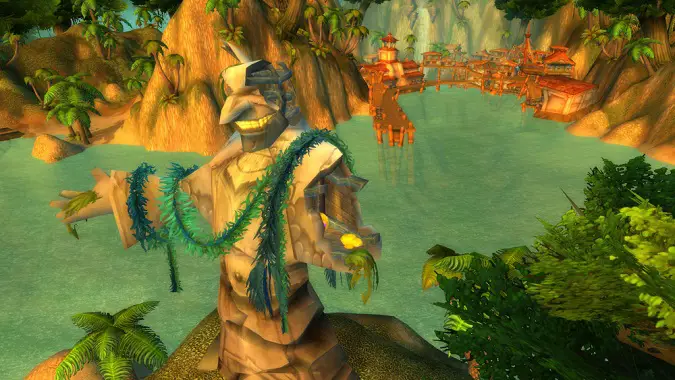
Six expansions, six system patches. Each and every one has seen its share of controversies. Legion‘s finally went live last week, providing a much-needed defibrillation to WoW‘s heartbeat. While the community has rejoiced at the release, not everyone is happy with some of the changes that 7.0 has wrought.
Players have pushed back against the camera distance change, for example. Certain class changes have also been unwelcome to some, such as Survival’s return to its melee glory days — never all that glorious during classic — or the Holy Paladin’s new emphasis on inspiring your allies with your courage to stand in cleave range instead of cheering them on from 40 yards away next to the other, sensible healers.
Let’s take a look back at WoW‘s other five systems patches and remember the controversies of expansions past.
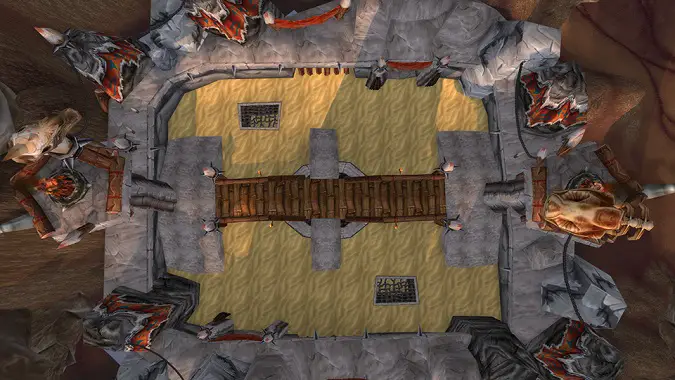
2.0
- Release date: December 5, 2006
- Features: Jewelcrafting, first version of the LFG tool, honor system overhaul, expansion of talent trees to 41-point talents, pet scaling
- Biggest controversy: Arenas
Some might say the big controversy was the change from 40-player raids to 25-player raids, but that didn’t technically happen until Burning Crusade launched. Arenas, however, were added to WoW with the systems patch, along with a new PVP-specific stat, Resilience. Many players hated the idea of Arenas and dreaded the impact they would have on the game. Prior to arenas, PVP was a matter of large-scale battles, either in the open world or in battlegrounds. Reducing PVP to a 2v2 or 3v3 match put a microscope on class balance that players worried would necessitate drastic changes to certain spells and abilities.
The simultaneous addition of Resilience provoked mixed feelings because it split a character’s item progression into two separate paths. No longer could players obtain the most powerful gear from raiding and saunter into a battleground as an unstoppable ilvl-fueled hulk. How players felt about that mostly depended on whether they were on the giving or receiving end of such punishment.
Blizzard was determined to add an eSports-friendly PVP mode to WoW and Arenas were most certainly that mode. In retrospect, the fears that players had about class changes turned out to be completely valid –Blizzard absolutely had to nerf spells and abilities because of Arena. Still, it was awkward to argue that progression raiders should have an overwhelming natural advantage in PVP and Resilience fixed that issue.
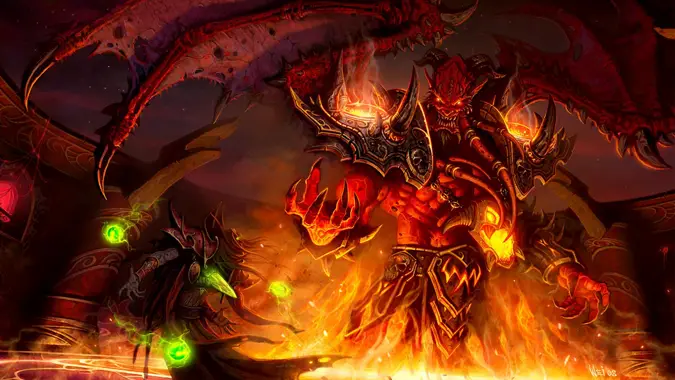
3.0
- Release date: October 14, 2008
- Features: Inscription, achievements, barber shop, expansion of talent trees to 51-point talents, pet and mount collections UI, calendar, Dalaran takes flight, Stormwind Harbor
- Biggest controversy: Raid nerfs
While some players did not appreciate the Xbox Live-ifying of WoW in the form of achievements, the raid nerfs were the biggest surprise from the Wrath of the Lich King systems patch. Enemies’ health was reduced by 30% across the board, and other changes were made to reduce their danger to players. Classic WoW raids weren’t nerfed like that in 2.0, so players did not expect it. However, 2.0 did not feature as many major changes to classes and how they worked as 3.0 did. Defeating those raids would have been very tricky without the nerfs.
Some progression guilds were upset that their post-patch guild firsts were rendered less meaningful because of the changes. Others welcomed the opportunity to see the content while it was still relevant. Attunements, gearing, guild size, and/or just flat-out intense difficulty conspired to keep many players in Karazhan and Zul’Aman for most of Burning Crusade. Ultimately most of the community embraced the nerfs. Players formed PUGs or guild alliances to take on the far-more-accessible raid zones. Systems patch nerfs have been a WoW tradition ever since.
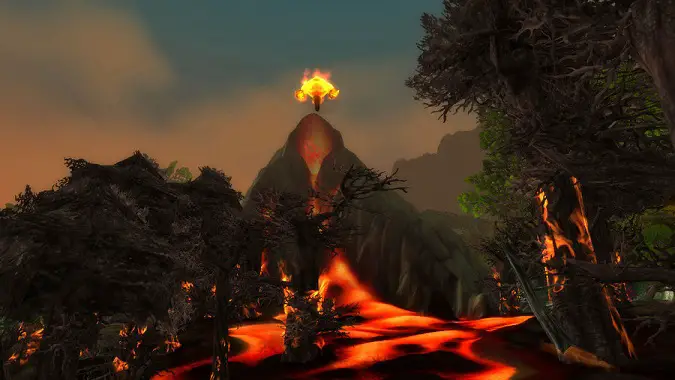
4.0
- Release dates: October 12, 2010 and November 23, 2010
- Features: Reforging, mastery, talent trees reduced to 31 points, WeakAuras-style spell alerts, Justice and Valor Points
- Biggest controversy: The Shattering
This one was a tough call, because a whole lot of players did not like the “dumbing down” of Wrath‘s talent trees. However, those trees no longer even exist in WoW, while the Shattering itself continues to be controversial to this day. Cataclysm actually had two pre-expansion patches. The first one had most of the system changes, while the second one contained the “Old World” changes and new race/class combos. Cataclysm went live about a month after that.
While the Shattering added a ton of new content and gave Azeroth‘s classic-era zones some much-needed love, it also took away a lot of what made those zones memorable to classic-era players. With one flap of a dragon’s wings, Blizzard erased the first six years of WoW‘s history — or at least, that’s what some players argued.
Today those zones remain stuck in Cataclysm story lines, with many areas still damaged or actively on fire from Deathwing’s emergence. It was incredibly immersive at the time to witness the devastation, but now it’s just the opposite. With Stormwind’s park made whole at last, maybe Blizzard will send the repair crew out to other zones in the future.
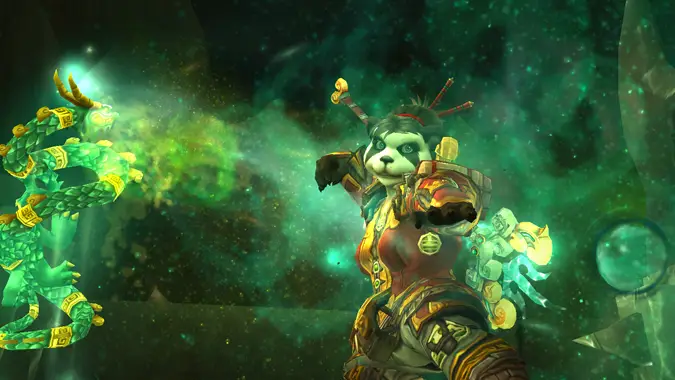
5.0
- Release date: August 28, 2012
- Features: Account-wide collections, 7-row talent trees, spells learned automatically, AOE looting, elimination of relic/ranged slot, daily quest cap removed, roll results window, help UI
- Biggest controversy: Cross-realm zones
Another expansion, another shocking talent overhaul — but that argument has come and gone for the most part, while cross-realm zones remain with us, and many players still have no love for them. At its inception, CRZ affected almost everything you did in the open world.
Mobs that would have been yours to tag could be claimed by another player, making completing quests tedious. Nodes that you could have endlessly farmed were no longer waiting for you. Rare spawns that could have sat unmolested for hours now had players camping them 24/7. Contested zones on PVP realms became way more dangerous. Many players felt that it was nice to see more players out in the world, but the hassles of coexisting with those players outweighed the benefits.
Blizzard took away some of those hassles in 7.0, but it remains to be seen if those changes will make CRZ more palatable to the community.
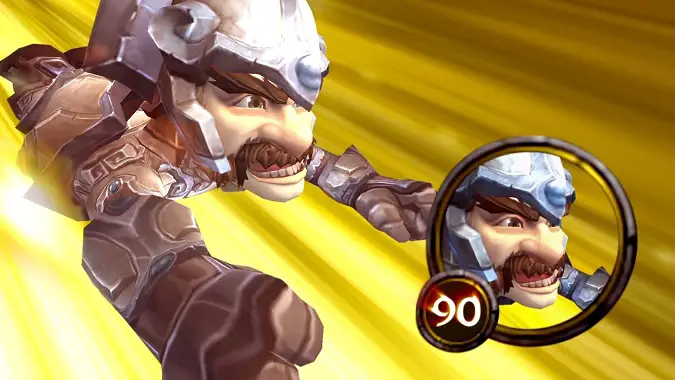
6.0
- Release date: October 14, 2014
- Features: Updated character models and animations (for most races), stat squish and stat overhaul, Reforging removed, class ability pruning, Group Finder revamp, What’s New screen, toy collection, reagent bank, Vengeance for tanks changed to Resolve
- Biggest controversy: Character boosts
I’m cheating a little bit on this one because character boosts were technically added during Mists of Pandaria. However, 6.0 added the “real” boost system to the game that slowly introduces your chosen class’s abilities, so in my book it counts!
Previously, players who wanted to experience WoW‘s high-level content had to earn it by starting at level one and leveling up from there. Once character boosts went live, all they had to do was preorder Warlords of Draenor. The boosts are now available for purchase as well.
Many players felt that everyone should have to earn it “the hard way.” Some worried that boosted characters would be so clueless about playing their spec that they’d ruin dungeon runs and LFR. Others felt that it was a necessary evil to combat WoW‘s dwindling subscriber base. Everyone wondered whether it was lunacy or genius for an MMO to sell players the ability to not experience content.
With the level cap reaching triple digits, however, Blizzard decided it was time to offer a shortcut. Legion has continued to offer a “free” boost to 100 for pre-ordering, and it seems like a trend that will continue to level 110 and beyond.
Please consider supporting our Patreon!
Join the Discussion
Blizzard Watch is a safe space for all readers. By leaving comments on this site you agree to follow our commenting and community guidelines.
 @QuestVendor
@QuestVendor



